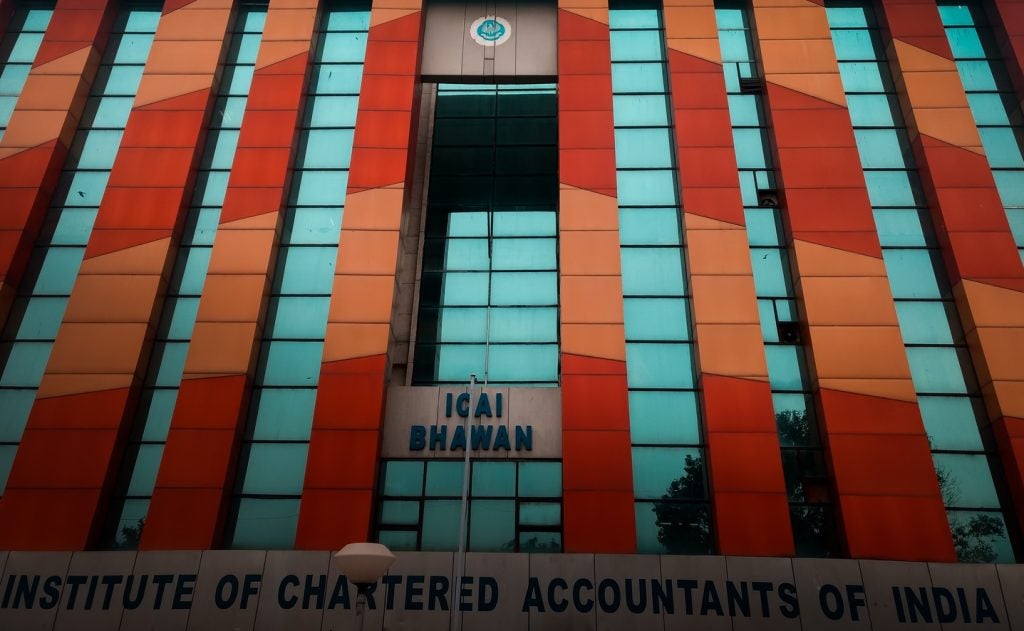
Imminent changes to the way research and development (R&D) tax reliefs must be handled could catch many businesses out, according to Azets.
Azets R&D tax director, Nick Woolfe, has stated that believes the new administrative regulations, applicable from August 1, have been designed to weed out fraudulent R&D claims which cost the UK economy millions.
But he says that there is a danger that genuine claims from bona fide innovators could be lost or discouraged by the amount of information which will be needed to be supplied to back up future claims.
As part of its campaign to identify malpractice, HM Revenue & Customs (HMRC) says that from August 1 businesses submitting R&D tax relief claims will need to provide much more information than previously.
Allowable only in a digital format, this will now include additional information forms breaking the costs down across qualifying categories, listing projects and providing a detailed description of the R&D. This includes describing what advances in scientific or technical knowledge the R&D hoping to achieve.
Each claim will need to be endorsed by a named senior officer of the business and any agent who has advised on compiling the claim must also be named.
How well do you really know your competitors?
Access the most comprehensive Company Profiles on the market, powered by GlobalData. Save hours of research. Gain competitive edge.

Thank you!
Your download email will arrive shortly
Not ready to buy yet? Download a free sample
We are confident about the unique quality of our Company Profiles. However, we want you to make the most beneficial decision for your business, so we offer a free sample that you can download by submitting the below form
By GlobalDataBusinesses which have not made a claim in the previous three years must also inform HMRC of the intention to make a claim within six months of the end of their accounting periods.
Woolfe, who works with SMEs across a range of sectors, said: “This will certainly come as a shock to a great many businesses as its introduction has largely been overshadowed by headlines about the recent reductions in value of R&D Tax Relief for SMEs and the proposed merger of the two current R&D tax relief schemes.
“The move is to be welcomed as the requirement to have named employees and agents on the claim form can be seen to be a significant step in trying to reduce fraud and malpractice within what is a poorly regulated market.
“It will have little impact on businesses – such as those advised by Azets – which are already complying with the additional information guidelines but will certainly have an effect on companies who have effectively tried to shortcut the system and have been operating under the radar.”
He added that HMRC investigations into R&D tax relief fraud were growing, particularly over the last couple of years, due to a boom unregulated R&D tax consultancies and additional financial burden of R&D tax credits falling on the Treasury.
HMRC accounts for 2021 to 2022 estimate the level of error and fraud within Corporation Tax R&D reliefs to be £469 million or 4.9% of related expenditure. This comprises £430 million (7.3%) in the SME scheme and £39 million (1.1%) in the RDEC scheme.
Woolfe added: “Businesses need to be thinking about the claim not as a whole, but on a project-by-project basis – what is going into the claim – and they need to be capturing the time and costs associated with those projects carefully and robustly. That is the bar that is being set and there will be no way around it.”
Latest available figures from the ONS (Office for National Statistics) show that expenditure on research and development (R&D) that was performed in the UK (in current prices) was £61.8 billion in 2020; this was an increase of £2.1 billion since 2019.
The largest components of R&D expenditure were the business sector at £44.0 billion (71% of the UK total), followed by the higher education sector at £13.9 billion (22%).
R&D tax reliefs have a key role in incentivising R&D investment by reducing the costs of innovation. The Government is extending the scope of qualifying expenditures to include the costs of datasets and of cloud computing.
In April Azets called into question Government proposals to streamline the research and development (R&D) tax relief system by merging the two current schemes and potentially revamping permissible qualifying activity and claimant criteria.
An Azets’ survey of 42,000 businesses revealed most respondents agreeing that a single scheme was desirable but, as proposed, would be to the detriment of the SME community.






